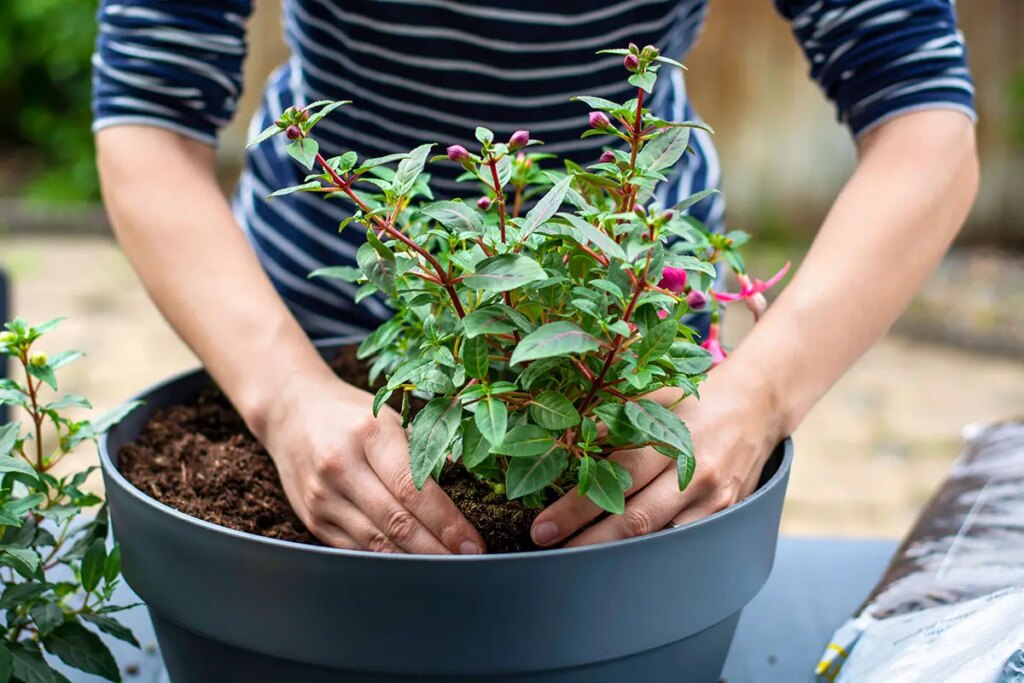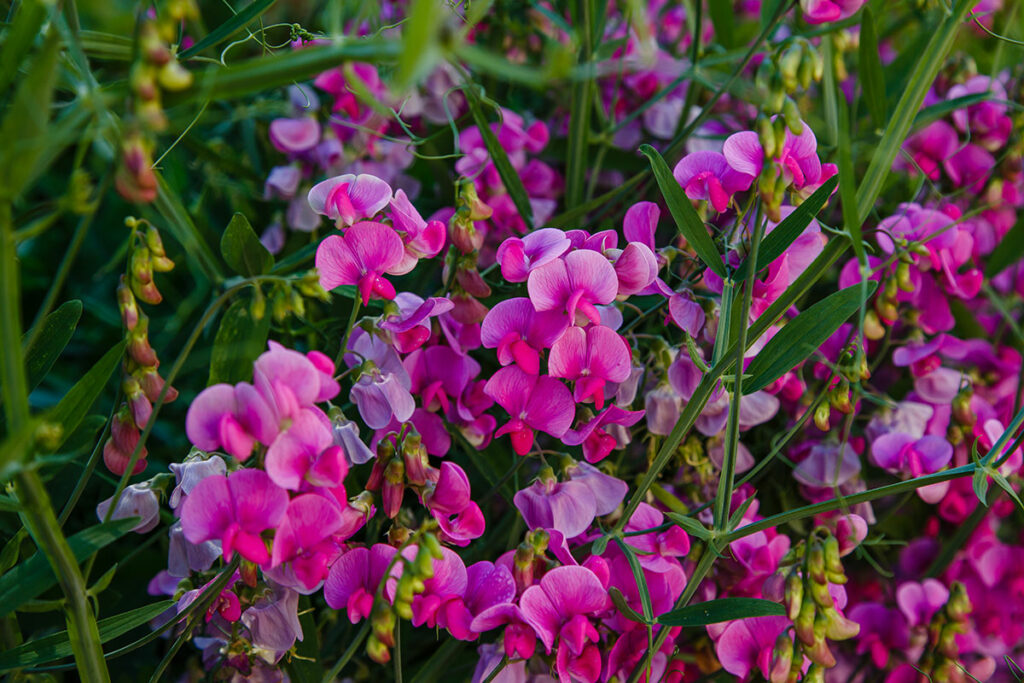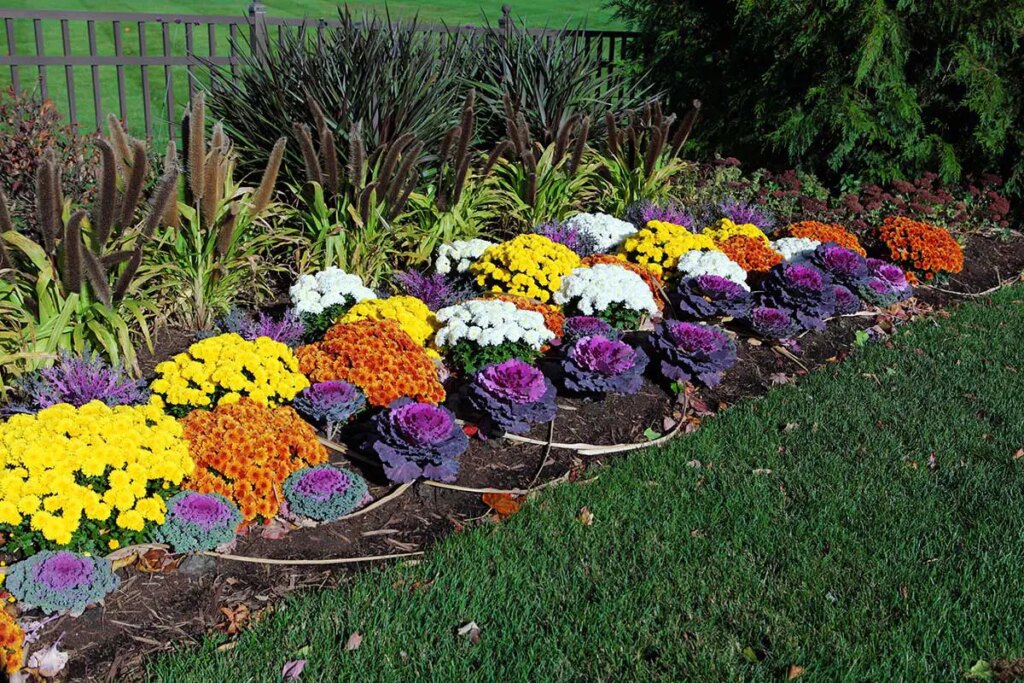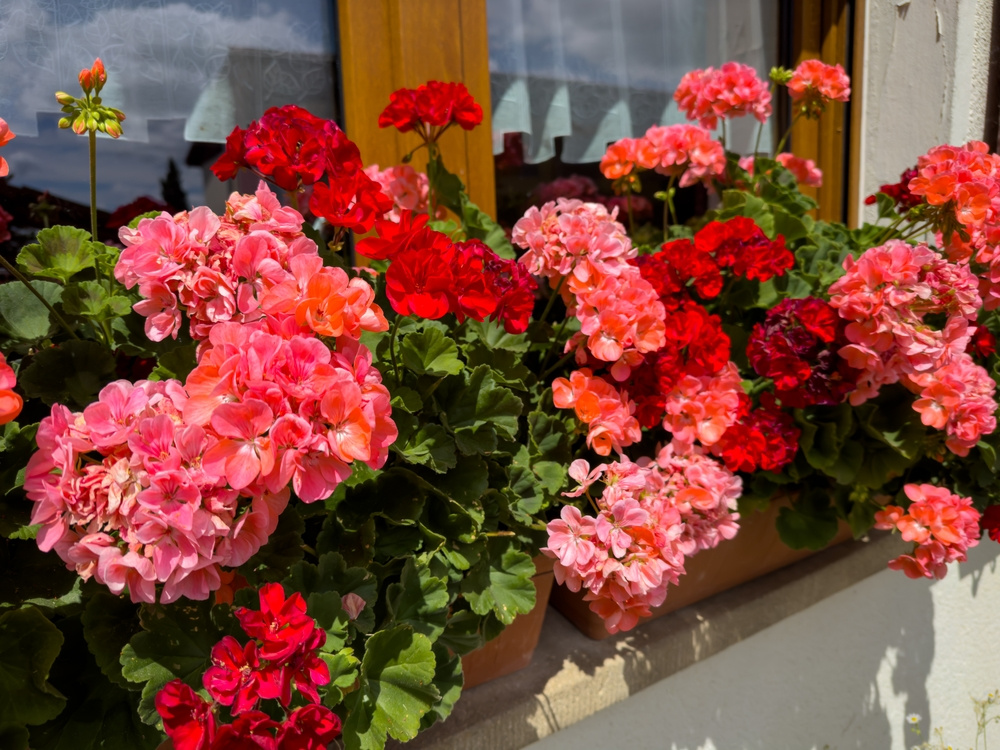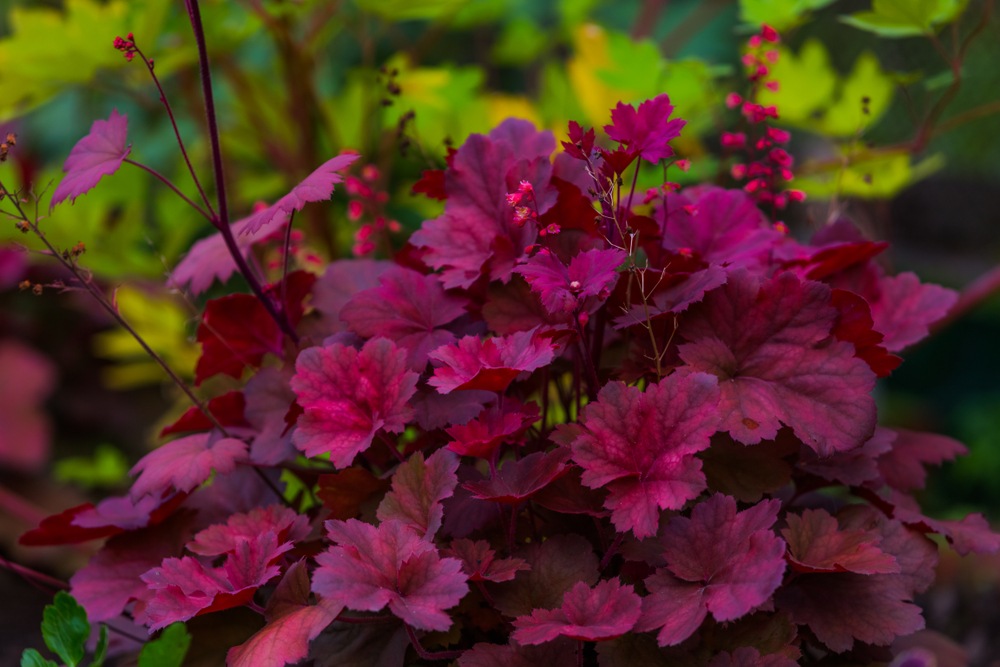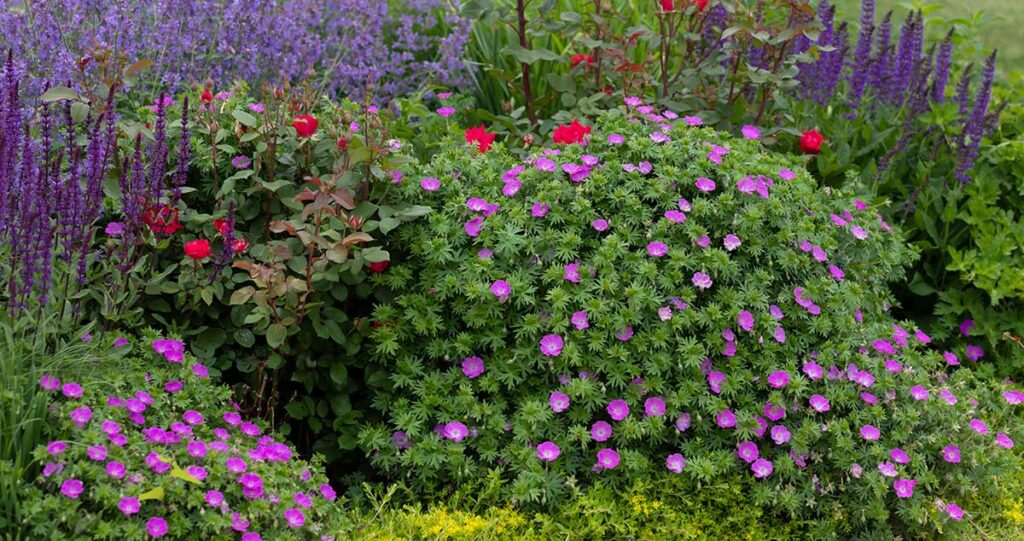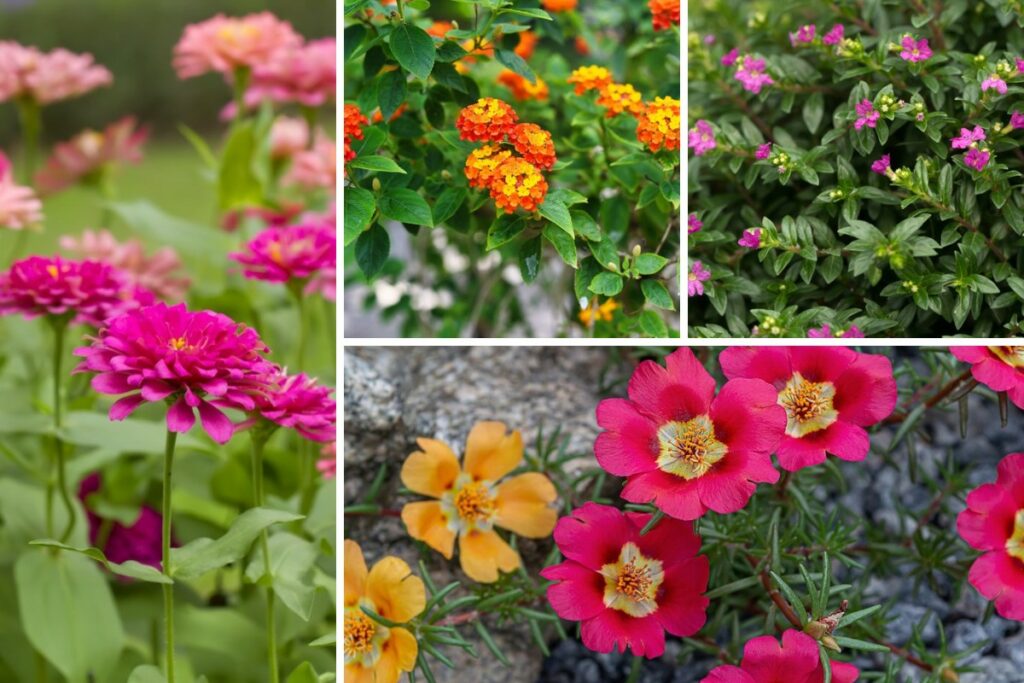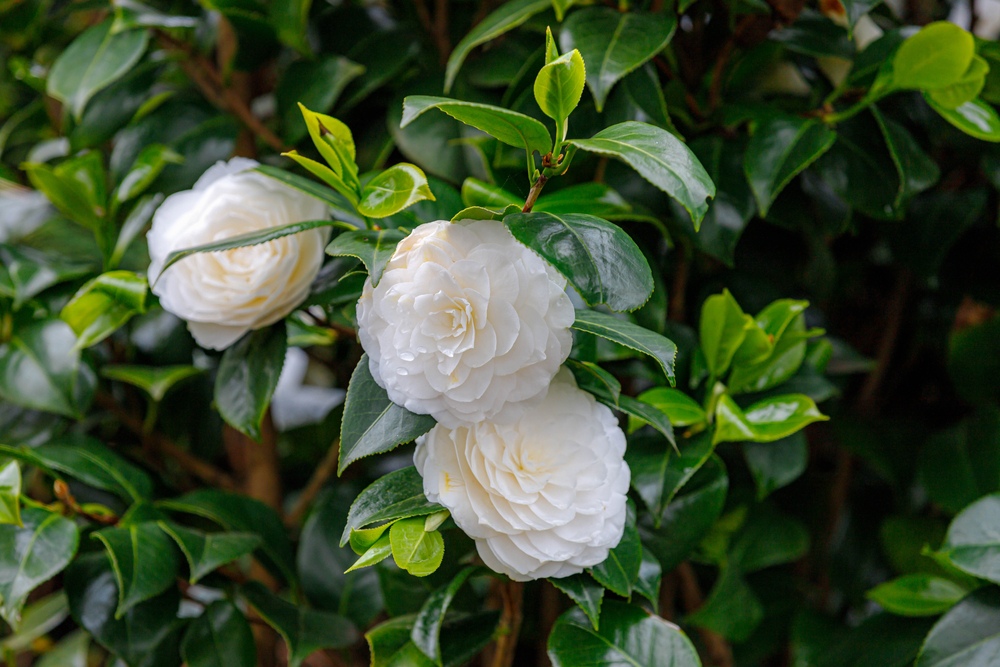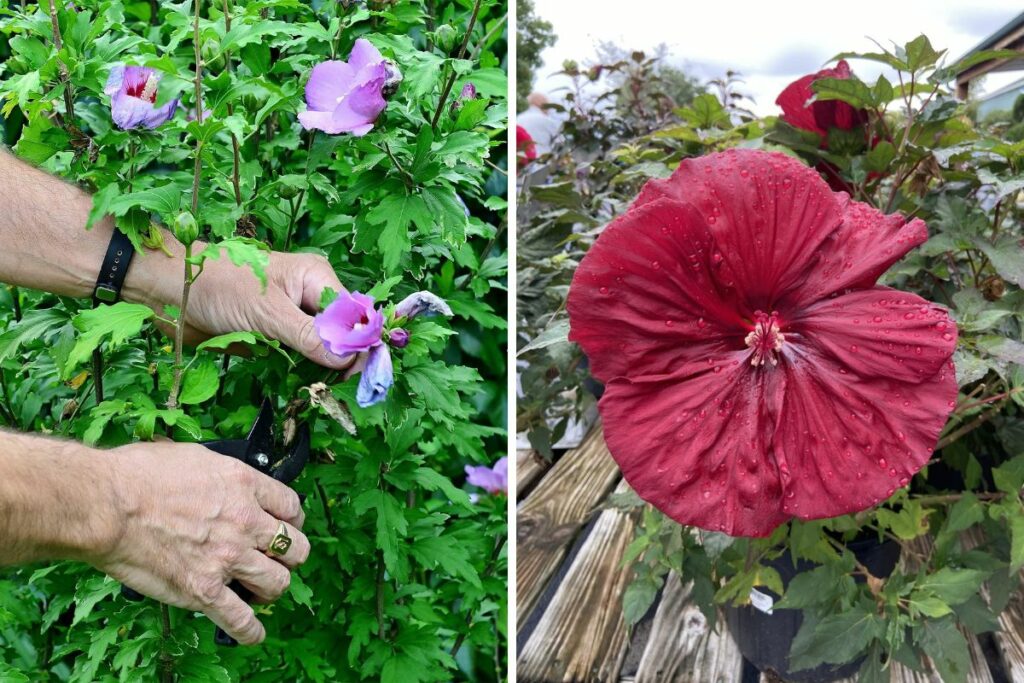
Deadheading hibiscus plants is a simple gardening technique that can greatly enhance the beauty and longevity of your flowers. It involves removing spent blooms before they wither, which encourages the plant to redirect its energy towards producing new, vibrant blossoms.
This not only keeps your hibiscus looking fresh and healthy but also prolongs their blooming period, giving you more time to enjoy their stunning colors and tropical charm.
To know when it’s the ideal time to deadhead your hibiscus plants, you’ll need to keep a close eye on the flowers’ life cycle. Generally, hibiscus flowers last for only about one day, after which they begin to wilt and lose their attractive appearance.
When you notice that a bloom has started to fade, that’s your cue to gently remove it from the plant with a clean pair of pruning shears or simply by pinching it off with your fingers.
In this article, you’ll discover the best methods for deadheading your hibiscus plants effectively and efficiently, as well as some valuable tips to help you keep them flourishing and beautiful throughout their blooming season.
So, whether you’re a gardening enthusiast or simply someone who loves the captivating allure of these tropical flowers, this guide is here to help you get the most out of your hibiscus plants.
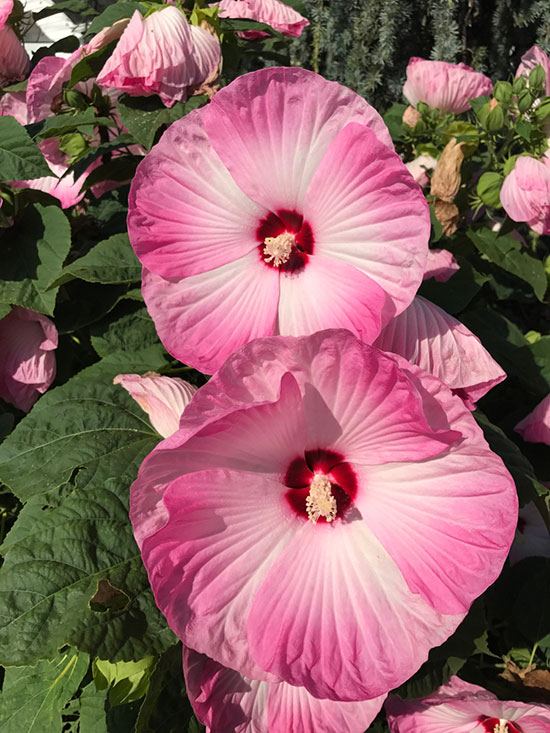
Understanding Deadheading
Why Deadhead Hibiscus Plants
Deadheading is the process of removing spent flowers and their stem from a plant. In the case of hibiscus plants, this promotes healthy growth and encourages the production of more blooms. During the blooming season, it’s essential to keep an eye on your hibiscus and remove the faded flowers regularly. By doing so, you’re helping the plant to conserve energy and redirect it towards creating new blooms.
Benefits of Deadheading Hibiscus
- Increased flower production: Deadheading stimulates the growth of new buds, resulting in more flowers throughout the season.
- Better plant health: Removing dying flowers prevents diseases and pests from attacking your hibiscus plant. Healthy plants are more robust, meaning they’re better able to withstand disease and pests.
- Enhanced appearance: A well-maintained hibiscus plant will have lush foliage and stunning flowers without any unsightly dead blooms. Deadheading contributes to the overall aesthetics of your garden.
To summarize, deadheading your hibiscus plant is an essential practice that leads to increased flower production, better plant health, and an enhanced appearance. By incorporating this simple gardening technique, you can enjoy vibrant hibiscus blooms throughout the season.
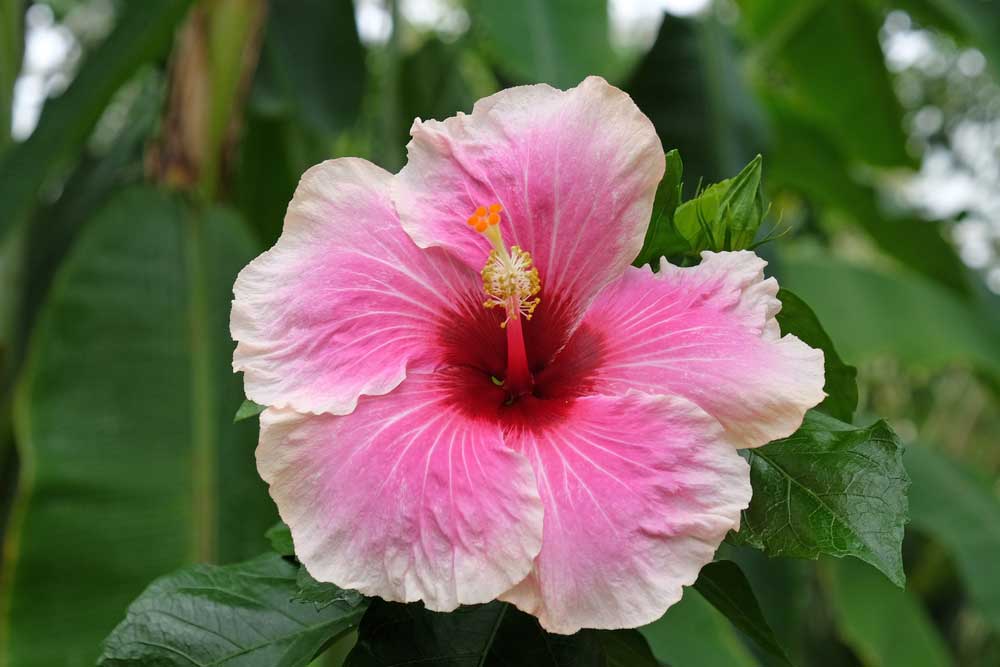
When to Deadhead Hibiscus
Ideal Season
For optimal health and growth, it’s best to deadhead your hibiscus plants during their growing season, which typically spans from spring to early autumn. In most regions, this means starting to deadhead in late March or April and continuing through October.
Deadheading during the growing season ensures your hibiscus will have enough time to focus energy on producing new flowers before the end of the season. Remember, consistent deadheading can encourage more blooms and help maintain a tidy appearance for your plant.
Recognizing Wilted Blooms
To identify the right time to deadhead specific blossoms, keep an eye out for wilted or faded blooms. These are the ones you’ll want to remove. Here’s what to look for:
- Color: Faded flowers will have a noticeable change in color, looking duller or paler than their healthy counterparts.
- Shape: Wilted blooms may shrink or shrivel, taking on a more deflated appearance.
- Position: Often, wilted flowers will droop or sag, losing their upright stance.
By following these guidelines and keeping a consistent routine, you can effectively keep your hibiscus plants healthy and blooming throughout the growing season.
Common Mistakes to Avoid
When caring for your hibiscus plants, it’s essential to deadhead them correctly to ensure healthy growth and vibrant blooms. However, there are some common mistakes to avoid when deadheading. By steering clear of these missteps, you’ll be helping your hibiscus thrive.
Over-pruning: Deadheading should be done with a gentle touch, removing only the spent blooms and their stems. Avoid trimming too much of the surrounding foliage, as hibiscus leaves help provide essential energy for new blooms to grow. When you deadhead, use clean, sharp pruning shears and make precise cuts.
Incorrect timing: Hibiscus plants typically need deadheading once their flowers have faded and wilted. This usually happens in the late summer or early fall. Deadhead your hibiscus plants during this time to encourage new growth and maximum blooming potential. Avoid deadheading too early, as this can cause stress to the plant and reduce the chances of new blooms forming.
Ignoring pests and diseases: As you deadhead your hibiscus plants, be sure to keep an eye out for pests and diseases. If you spot any signs of infestation, treat the problem promptly to prevent spreading. Some common issues to look out for include aphids, whiteflies, and spider mites.
Overwatering or underwatering: Proper watering is crucial to maintaining healthy hibiscus plants. Water your plants deeply and regularly, but be careful not to overwater. Soggy soil can lead to root rot and other diseases. Conversely, dry conditions can cause wilting and stress. Monitor your plants regularly, and adjust your watering habits based on their needs.
By avoiding these common mistakes, you’ll be on your way to successfully deadheading your hibiscus plants, creating a beautiful and healthy addition to your garden.
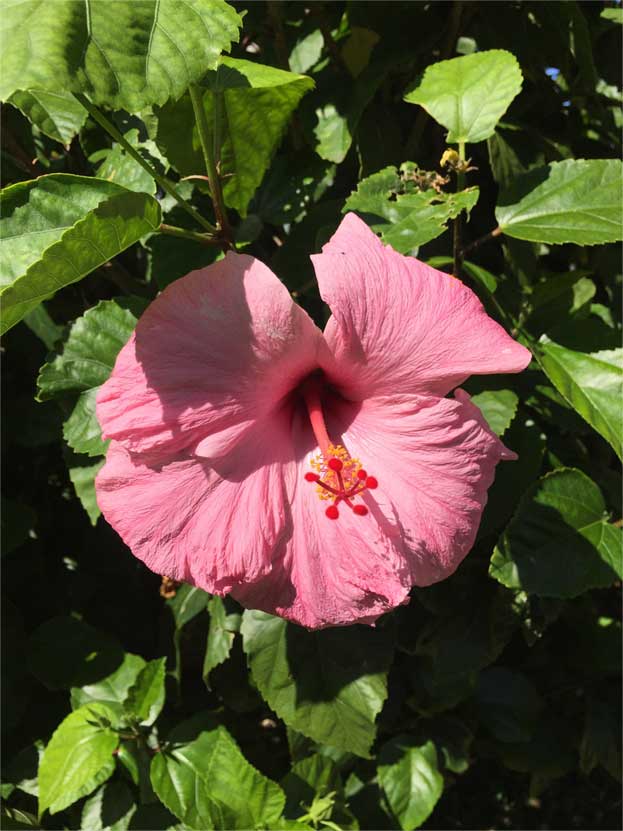
Frequently Asked Questions
When is the best time to deadhead hibiscus plants?
The best time to deadhead hibiscus plants is when the flowers have fully bloomed and start to wilt. This typically happens every few days, as hibiscus flowers have a short life span. By deadheading regularly, you encourage new flowers to grow and maintain the overall health of your plant.
What are the benefits of deadheading hibiscus plants?
The primary benefits of deadheading hibiscus plants are promoting new growth and maintaining a neat appearance. By removing spent flowers, the plant can redirect its energy toward producing new flowers and leaves, helping your hibiscus thrive.
Do all types of hibiscus need deadheading?
Most types of hibiscus plants benefit from deadheading. However, some varieties may not require deadheading to promote new growth or maintain a tidy appearance. Check the specific needs for your variety of hibiscus and adjust your deadheading routine accordingly.
How to deadhead hibiscus flowers properly?
To deadhead hibiscus flowers properly, follow these simple steps:
- Locate the wilted flower on the stem.
- Find the node below the flower where new growth is forming.
- Using clean, sharp pruning shears or scissors, snip the stem just above the node.
- Discard the spent flower to prevent rot and disease.
- Repeat this process for all wilted flowers.
Remember to sanitize your pruning tools between uses to prevent the spread of disease.
Should hibiscus seed pods be removed during deadheading?
Yes, hibiscus seed pods should be removed during the deadheading process. This helps prevent the plant from expending energy on producing seeds, allowing it to focus on producing more flowers instead. Snip the seed pods off along with the spent flowers to keep your hibiscus healthy and visually appealing.
What is the difference between pruning and deadheading hibiscus?
Pruning and deadheading are distinct horticultural practices with different objectives. Deadheading involves removing spent flowers, promoting new growth, and maintaining an attractive appearance.
On the other hand, pruning focuses on managing plant size, shaping, and removing damaged or diseased growth. While both practices support plant health, they serve separate purposes and should be performed as needed for your hibiscus plant’s specific requirements.





